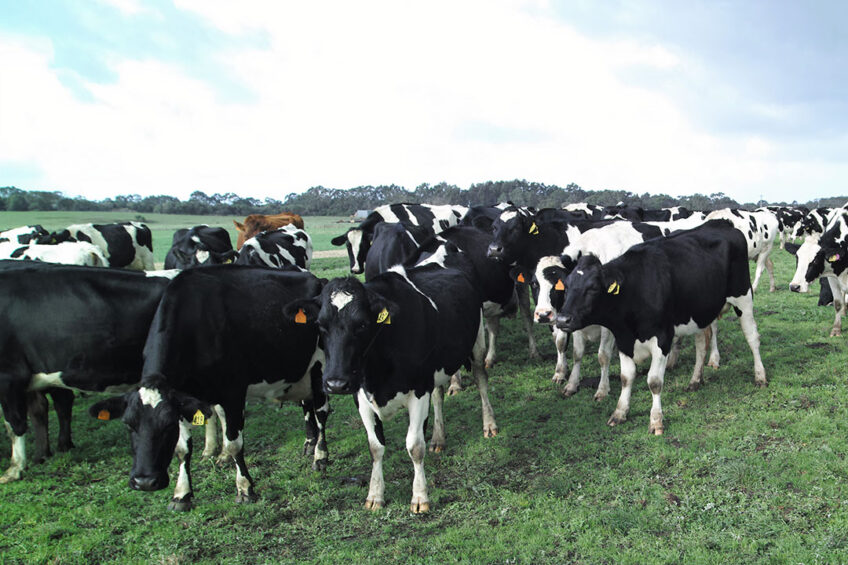Taking advantage of the Power of Constance Cattle: Taking Full Advantage Of Effectiveness and Yield on Your Farm
Master the Art of Cooking With Grass Fed Meat
In the world of culinary know-how, mastering the art of food preparation with grass-fed meat holds a prestigious setting. From the tender appearance to the durable flavor profile, grass-fed meat provides a canvas for cooking creativity.
Benefits of Grass-Fed Meat

When picking grass-fed meat, customers can gain from its higher levels of omega-3 fats and anti-oxidants contrasted to traditionally elevated meat. Constance Cattle. Omega-3 fatty acids are crucial nutrients that sustain mind health, lower inflammation, and promote heart wellness. Grass-fed meat is recognized to have up to 5 times extra omega-3 fats than grain-fed meat, making it a much healthier selection for those aiming to raise their consumption of these valuable fats
In enhancement to omega-3 fats, grass-fed meat is additionally richer in anti-oxidants such as vitamins E and C, in addition to beta-carotene. Antioxidants play a vital function in securing cells from damage triggered by free radicals, which can add to numerous persistent illness and accelerate aging. By choosing grass-fed meat, customers can not just delight in a more nutrient-dense and flavorful healthy protein resource however also sustain their general health and well-being.
Incorporating grass-fed meat right into your diet plan can be an easy yet effective means to improve your nutritional consumption and enjoy the benefits of omega-3 fats and antioxidants that are normally plentiful in this kind of meat.
Ideal Cooking Methods
Making use of appropriate food preparation techniques is important to maintain the nutrient profile and boost the flavor of grass-fed meat. When cooking grass-fed meat, it is very important to bear in mind that it is leaner than conventionally elevated meat, making it much more vulnerable to drying out if overcooked. To make certain a juicy and delicious end result, think about cooking grass-fed meat at slightly lower temperature levels than you would with grain-fed meat.
Barbecuing is a preferred method for cooking grass-fed meat as it enables excess fat to drip away, avoiding flare-ups that can trigger charring. An additional fantastic cooking approach for grass-fed meat is pan-searing.
Slow-moving cooking methods such as braising or cooking are additionally excellent alternatives for harder cuts of grass-fed meat, as they help break down the muscle mass fibers and soften the meat. Whichever food preparation approach you choose, keep in mind to allow grass-fed meat remainder after cooking to enable the juices to rearrange, ensuring a damp and tender last dish.
Flavor Pairings and Seasonings
To boost the all-natural tastes of grass-fed meat, calculated taste pairings and spices play an important function in elevating the overall dining experience. Grass-fed meat has this an abundant, distinctive preference that can be matched and improved by thoroughly chosen ingredients.
Along with natural herbs, flavors such as black pepper, garlic, and smoked paprika can better raise the taste profile of grass-fed meat recipes. These flavors give a balance of warm, sweetness, and smokiness that can boost the general dining experience. When flavoring grass-fed meat, it is essential to make use of high-grade salt, like sea salt or click for more Himalayan salt, to draw out the meat's flavors without including unnecessary chemicals or ingredients.
Storage and Taking Care Of Tips
Appropriate storage and managing practices are crucial for preserving the quality and quality of grass-fed meat. When storing grass-fed meat, it is critical to keep it cooled at temperatures listed below 40 ° F(4 ° C) to prevent microbial growth and wasting. To extend the meat's rack life, consider wrapping it snugly in parchment paper or butcher paper before positioning it in an airtight container or secured plastic bag - Constance Cattle. Avoid keeping grass-fed meat near strong-smelling foods as it can soak up odors quickly.
When managing grass-fed meat, it is essential to practice excellent hygiene to stop cross-contamination. Clean your hands thoroughly before and after managing the meat, and ensure that all utensils and surfaces that come right into contact with the meat are cleaned up and disinfected properly. Furthermore, make use of different cutting boards for meat and vegetables to prevent microbial transfer.

Leading Grass-Fed Meat Recipes
When considering the finest methods to appreciate the quality and freshness of grass-fed meat, checking out excellent dishes can elevate your culinary experience. Grass-fed meat's rich flavor and leaner profile provide themselves well to a selection of recipes that highlight the all-natural benefits of the meat.
If you're in the mood for something lighter, a Grilled Grass-Fed Burger served with fresh toppings and a side of pleasant potato french fries is a scrumptious selection. Additionally, a Herb-Crusted Grass-Fed Crown roast roasted click here for info to perfection with a collection of herbs and breadcrumbs is a show-stopping meal for unique celebrations. These leading grass-fed meat dishes display the adaptability and exceptional top quality of grass-fed meat, permitting you to appreciate its premium preference in various cooking creations.

Conclusion
In final thought, understanding the art of cooking with grass-fed meat provides many advantages, consisting of improved nutritional worth and premium flavor. By utilizing the most effective food preparation methods, explore flavor pairings and spices, and adhering to proper storage and managing pointers, you can create delicious and nutritious recipes. Attempt out some top grass-fed meat recipes to elevate your culinary skills and take pleasure in the complete possibility of this high-quality ingredient.
When cooking grass-fed meat, it is essential to keep in mind that it is leaner than conventionally increased meat, making it extra prone to drying out if overcooked. To make certain a juicy and tasty outcome, take into consideration cooking grass-fed meat at somewhat reduced temperature levels than you would with grain-fed meat.
When seasoning grass-fed meat, it is necessary to utilize high-quality salt, like sea salt or Himalayan salt, to bring out the meat's tastes without including unnecessary chemicals or additives.
Grass-fed meat's abundant taste and leaner profile offer themselves well to a variety of recipes that highlight the all-natural benefits of the meat. These top grass-fed meat dishes display the convenience and exceptional high quality of grass-fed meat, enabling you to enjoy its superior preference in different culinary productions.